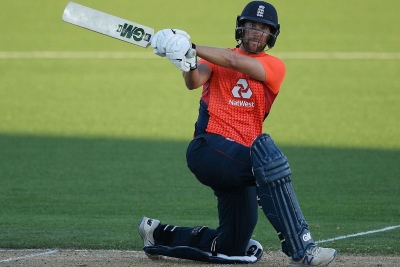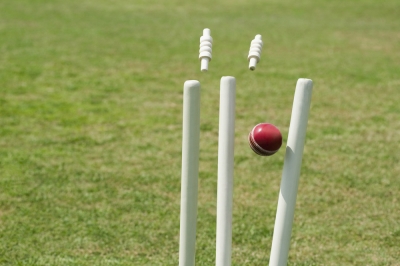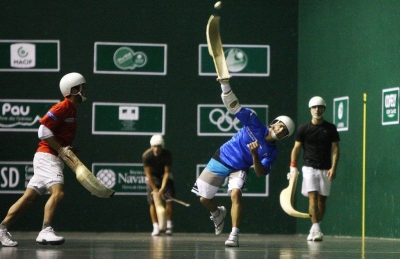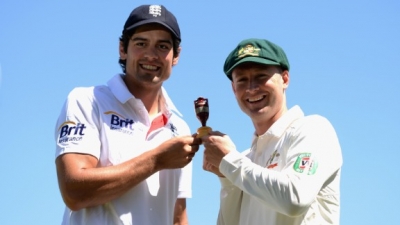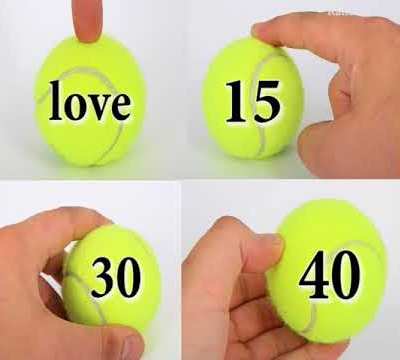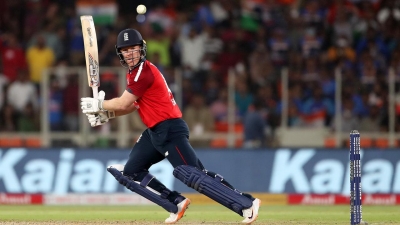Rookies Prasidh Krishna, Krunal Pandya deliver record-breaking performances as India go 1-0 up
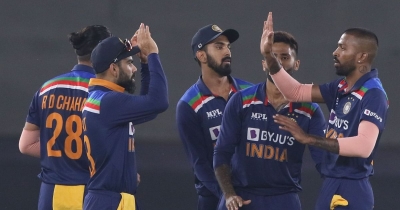
The first of three ODIs between India and England in the series that marked the end of the visitors tour to India was played on March 23, 2021 at Pune. India won the match by 66 runs and even though they lost the second ODI, went on to win the series 2-1.
The first ODI, meanwhile, marked the ODI debuts of both Krunal Pandya and Prasidh Krishna. Both men made it a day to remember for themselves as they made record-breaking performances.
Playing for India for the first time in ODI cricket, both Prasidh Krishna (left) and Krunal Pandya (right) made a mark for themselves with match-winning performances in a high-scoring game. Batting first, India posted 317 for five on the back of Shikhar Dhawan's 98. Krunal Pandya's unbeaten 31-ball 58 included reaching half-century in 26 balls, the fastest fifty by an ODI debutant. And while it seemed England would run away with the chase at one point, India pulled it back. Prasidh Krishna's four for 54, the best figures on ODI debut among men for India, certainly had a role in that.
Prasidh Krishna's four for 54 is the best bowling figures by an Indian male on ODI debut, beating the previous best of three for 21 set by Noel David against West Indies in 1997. Varun Aaron (3/24), Subroto Banerjee(3/30) and Hardik Pandya (3/31) come in third, fourth and fifth in this list.
By reaching his 50 in just 26 balls, Krunal Pandya broke the record for the fastest fifty by an ODI debutant, held previously by England's John Morris. Morris' fifty against New Zealand in 1990 had taken 35 balls.
Picture Credit : Google
